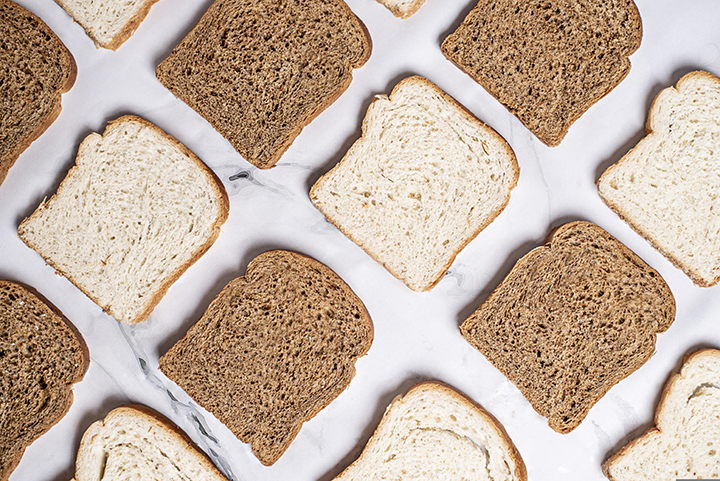Bread, a staple of diets across the world for millennia, has evolved significantly over the years. Modern grocery store shelves are now lined with a multitude of bread options, from classic loaves to artisanal creations. However, amidst the variety and convenience, there are often hidden dangers that lurk in the ingredients used to make that bread you pick up at your local store. Let’s delve into some of the harmful ingredients found in bread and why they deserve your attention.
1. Potassium Bromate: Speeding Up Production, But at What Cost?
Potassium bromate is an oxidizing agent used in bread production to strengthen dough and reduce baking time. While this may sound beneficial for the manufacturers by saving time and money, it raises concerns about its safety for consumers. The United States allows the use of potassium bromate in bread, but many countries, including Canada, the European Union, Brazil, South Korea, and China, have banned this additive. Research suggests that potassium bromate may pose health risks, as it has been shown to cause kidney, thyroid, and gastrointestinal cancer in animals.
2. Ammonium Sulfate: From Floor Cleaner to Bread Ingredient
Yes, you read that correctly – ammonium sulfate is an ingredient in some bread products, and it shares a common element with household floor cleaners, ammonia. The idea of consuming something used for cleaning purposes is unsettling. It’s worth noting that even popular fast-food chains like Subway have used ammonium sulfate in their 9-grain wheat bread. Gastrointestinal effects of this ingredient can include nausea, vomiting, and severe abdominal pain. It is also said that contact of ammonium sulfate with the skin or eyes can cause irritation, redness, itching, and pain. Yet, it is somehow snuck into our bread to assist yeast growth and survival. As consumers, we should advocate for transparency and healthier alternatives in the food we consume.
3. L-Cysteine: A Startling Source of Amino Acids
L-Cysteine, another additive found in bread and cookie dough, might leave you speechless when you discover its source. It’s primarily derived from two surprising sources: duck feathers and human hair. This amino acid is added to bread to expedite large-scale factory production processes.
The process of obtaining L-Cysteine involves dissolving human hair in acid and then isolating the amino acid through a chemical process before shipping it off to commercial bread producers. This process is the cheaper way to use protein to speed up the baking process. Although there are only trace amounts found in most breads, this revelation is bound to make anyone pause and reconsider what they’re consuming.
Beyond Additives: The Complex World of Wheat Proteins
It’s not just additives that can raise concerns when it comes to bread; the very nature of wheat itself poses potential issues. Research has identified an astonishing 23,788 distinct proteins in wheat. While many of these proteins seem harmless, any single one of them could trigger what is known as an antigenic response. That is when the immune system identifies a wheat protein as an “other”, and starts either an innate or adaptive immune response, and attacks self-structures accidentally, as a result. Gluten is one of those well-known triggers. However, it is considered only the tip of the iceberg.
In conclusion, while bread is a dietary cornerstone for many, it’s essential to be informed about what goes into the bread we consume regularly. By understanding the potential risks associated with additives like potassium bromate, ammonium sulfate, and L-Cysteine, as well as the complexities of wheat proteins, we can make more informed choices and advocate for safer, healthier alternatives in our daily bread.
Remember, knowledge is your best tool for making conscious choices about the food you bring into your life, and it starts with a closer look at the ingredients in your bread.
Researched by
Lauren Lovato




